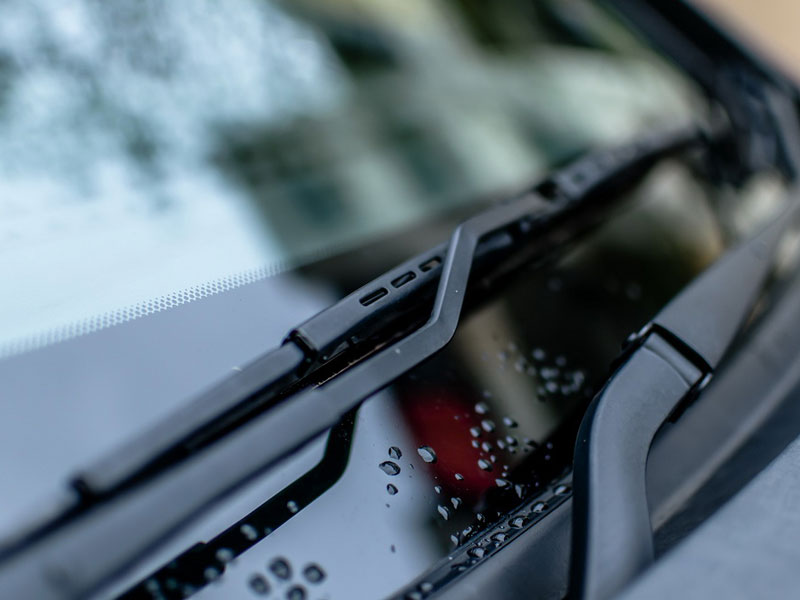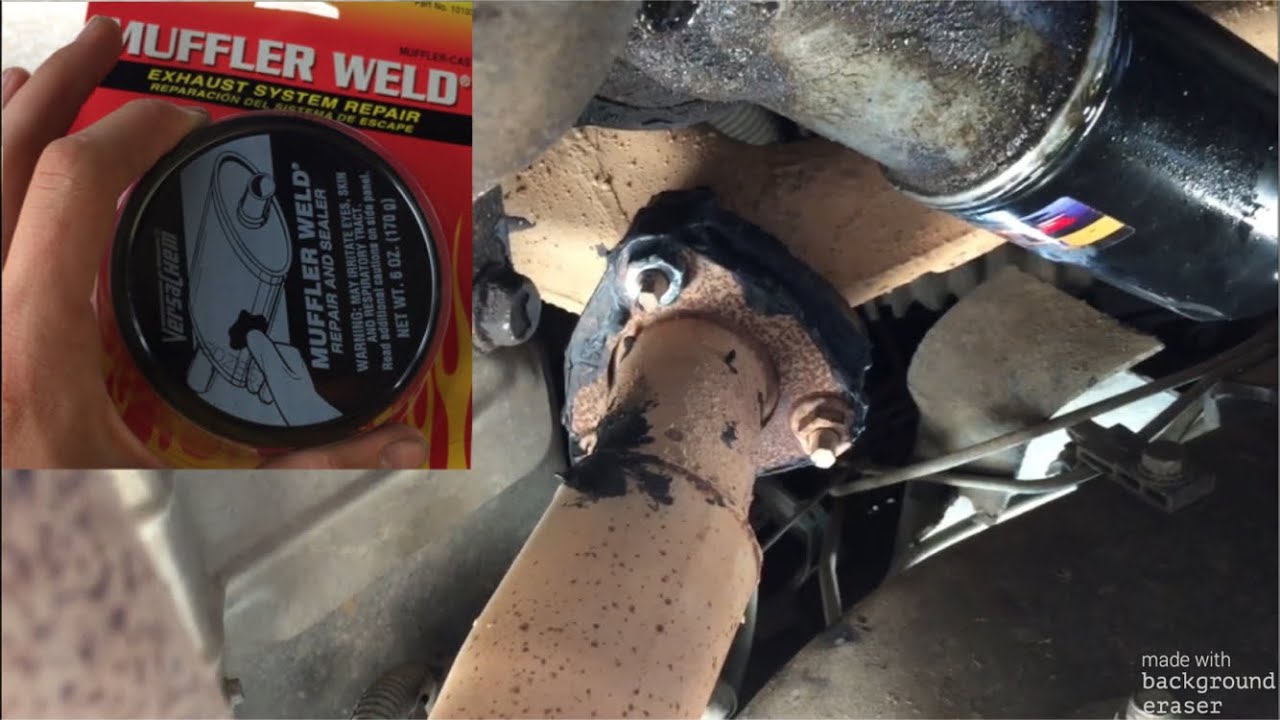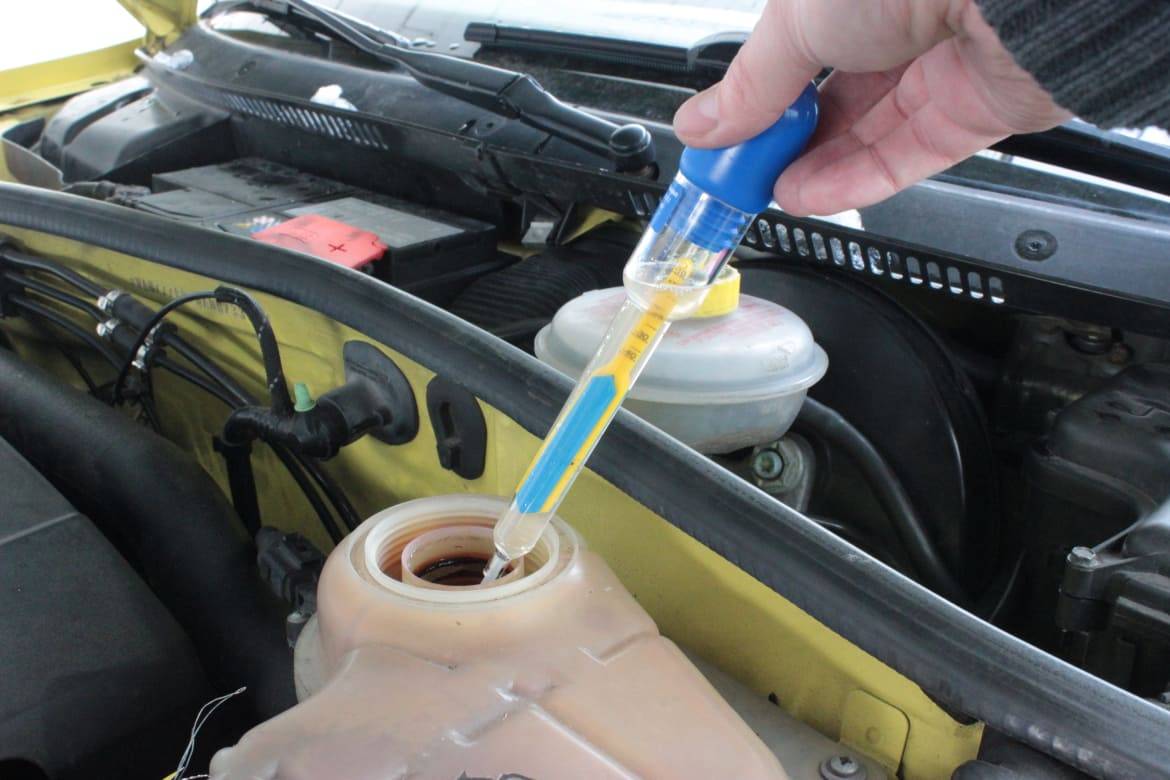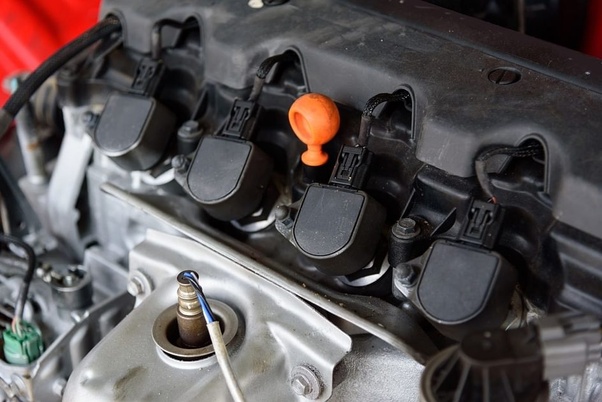Windshield Leaking After Replacement
A leaking windshield after replacement often indicates a faulty seal or installation error. Prompt attention to these leaks is crucial to avoid further damage and ensure safety.
Dealing with a leaking windshield immediately after a replacement can be both confusing and frustrating. Quality installation and proper sealing are essential for the windshield to perform its role effectively. Leaks can lead to interior water damage, impair visibility, and compromise the structural integrity of your vehicle.
Any signs of moisture or unusual wind noise following a windshield replacement demand immediate action. Engaging a reputable auto glass service for a thorough assessment is the best step toward resolving such issues. Ensuring that the windshield is correctly fitted and the seals are intact is not just a matter of maintenance, but also of safety. Remember, a well-sealed windshield is pivotal for airbag deployment and overall vehicle rigidity in the event of an accident.
Common Causes Of Windshield Leaks
Experiencing a draft or hearing the whistle of the wind through your car’s interior can be more than just annoying; it can indicate a problem with your newly replaced windshield. A leak not only allows water and noise to enter your vehicle but can also lead to more significant issues like damage to the interior and impaired structural integrity. Here’s a look at the common culprits behind windshield leaks.
Improper Installation
One of the leading reasons for a windshield leak is improper installation. This often happens when the windshield is not seated correctly or if the technician did not follow the necessary steps during installation. Signs such as visible gaps, uneven alignment, or loose glass point to an installation issue, potentially leading to leaks.
Faulty Sealant Or Adhesive
The bond between your car’s body and the windshield relies on a strong adhesive. If this sealant is of low quality or incorrectly applied, water may seep in. It’s crucial for the adhesive to cure properly; otherwise, its bonding capacity diminishes, leaving you with a leaky windshield.
Damaged Seals
Even after a replacement, your windshield’s effectiveness depends on the condition of the rubber seals. Weather, wear and tear, or accidental damage can deteriorate these seals, compromising the watertight integrity of your windshield installation.
-
Prevent leaks with these steps:
- Choose a reputable service for installation.
- Inspect the sealant and ask about its quality.
- Check the rubber seals regularly for damage.

Credit: www.reddit.com
Identifying The Leak
Identifying the Leak in your car’s windshield after a replacement is vital to ensuring it remains effective and safe. A leaking windshield can cause water damage, mold, and even structural issues within your vehicle. Quick detection and repair are key to avoiding these problems. Here are some straightforward methods to locate exactly where the vulnerability lies.
Water Test Methods
To locate a windshield leak, performing a water test is often the first step. Safely execute this method using a garden hose or a spray bottle:
- Have someone sit inside the car, while another person gently sprays water on the outside.
- Cover the windshield systematically, starting from the bottom edge and working upwards.
- Watch closely for any signs of water entering the vehicle’s interior.
Tracing Water Paths
Once you spot water ingress, it’s crucial to trace the water path to find the exact entry point:
- Follow the visible water trails.
- Look for drips or streaks on the inside of the windshield.
- Mark the suspected areas with a temporary, water-soluble marker for later inspection.
Professional Inspection
Should these methods not pinpoint the leak, or if you prefer an expert’s touch, consider a professional inspection:
- Experts use specialized tools and techniques to detect leaks with precision.
- They can assess the windshield’s integrity and the quality of the seal.
- They provide a detailed report and recommended solutions to address the leak effectively.
Potential Consequences Of A Leaky Windshield
Imagine stepping into your car after a windshield replacement, only to find water dripping onto the dashboard. A leaky windshield is not just a minor inconvenience; it can lead to serious consequences for your vehicle. Understanding these risks underscores the importance of addressing any leaks promptly.
Interior Damage
Water invading your car’s interior can cause extensive damage. Bolded textWater stains and a musty odor might be the first signs. But if left unchecked, the damage can escalate to the following:
- Upholstery damage: Prolonged exposure to moisture can ruin seat covers and padding.
- Mold growth: Humid conditions inside your car are perfect for mold to thrive, potentially leading to health concerns.
Corrosion And Rust
Water is an enemy of metal. Leaky windshields can cause unseen corrosion, especially in these areas:
- Vehicle Framework: Continuous dampness can weaken the car’s structure.
- Electrical Connectors: These components might start to rust, risking failure.
Electrical Issues
Your vehicle’s electrical system is critical for smooth operation. A water leak from the windshield can spell trouble for electronics. Here’s what might occur:
| Part | Potential Issue |
|---|---|
| Dashboard | Short-circuiting of instrument panels |
| Audio System | Failure of speakers or head unit |
| Wiring Harness | Corrosion leading to connectivity issues |
Repair Options And Solutions
Dealing with a leaking windshield after replacement can be frustrating. Discovering water inside your car after a downpour is a sure sign that something is not right. Yet, fear not, for there are a number of repair options and solutions available to address the issue. Whether you are a hands-on DIY enthusiast or prefer the expertise of professionals, this guide will walk you through the best path to a dry, secure windshield.
Diy Sealant Fixes
DIY sealant fixes can often be a quick and cost-effective solution. With basic tools, a sealant can remedy minor leaks. Below are key steps:
- Clean the area around the leak.
- Apply the sealant to the leak’s perimeter.
- Allow adequate drying time as per the product’s instructions.
Choose a sealant designed for auto glass for the best results. It will ensure a better bond and a longer-lasting seal.
Professional Repair Services
For those who are not confident in tackling the issue alone, professional repair services are the answer. Certified technicians possess the right skills to detect and fix leaks that may be difficult to resolve at home. They can:
- Conduct a thorough inspection.
- Use specialized tools and techniques.
- Provide a warranty for their service.
Choosing a reputable service provider guarantees a high-quality repair that lasts.
Complete Replacement
Sometimes, a complete replacement is the only option. This is usually the case when:
- The windshield is improperly installed.
- There is significant damage around the seal.
- Previous repair attempts have failed.
For complete replacements, it’s crucial to use OEM (Original Equipment Manufacturer) glass. This ensures a perfect fit and maintains the integrity of your vehicle.
Prevention Tips For Future Installations
Preventing leaks after a windshield replacement involves careful planning and execution.
Choosing A Reputable Service
Trustworthy professionals ensure a watertight seal on your windshield. Look for services with positive reviews and certified technicians. They should offer warranties for their work, which speaks to their confidence in a job well done.
Quality Materials Matter
High-quality adhesives and glass are vital. Premium urethane lasts longer and bonds better than cheaper alternatives. Insist on OEM glass or equivalent; they fit perfectly and are less prone to leaks.
Regular Maintenance Checks
Inspect your windshield regularly. Small issues can turn into big problems if left unchecked. Ensure the seal remains intact, and there’s no sign of moisture inside. A quick check can save time and money in the long run.
Navigating Warranty And Insurance
Discovering that your freshly replaced windshield leaks can be frustrating. Fear not, for your path through warranty and insurance may lead to a speedy and cost-effective resolution. Let’s explore how to navigate this process effectively:
Understanding Your Coverage
Begin by reviewing your warranty or insurance documents. Look for:
- Duration: How long is the coverage?
- Scope: What does it include?
- Exclusions: Are leaks covered?
Keep your paperwork handy as a reference.
Filing A Claim
To file a claim, follow these simple steps:
- Contact your provider promptly.
- Provide details about the leak.
- Submit photos if required.
- Keep records of all communications.
Act quickly to ensure full coverage.
Ensuring Accountability
Hold the installer accountable. Confirm that:
- They abide by the warranty terms.
- They have a valid sealant application process.
- They use quality materials.
Secure a leak-free windshield with proper follow-up.

Credit: www.autoglassexpress.com
Frequently Asked Questions On Windshield Leaking After Replacement
Why Is My New Windshield Leaking?
New windshields may leak due to improper installation or faulty seals. It’s vital to ensure that the glass is correctly positioned and the sealing materials are intact. If there’s a gap or the adhesive is not uniformly applied, water can seep through.
What Signs Indicate A Leaking Windshield?
Signs of a leaking windshield include moisture inside the car, a damp smell, or visible water droplets around the edges. You might also notice water stains on the dashboard or pooling water after rain.
Can A Windshield Leak Be Fixed Easily?
Yes, if the leak is minor, it can often be fixed by applying a sealant to the affected area. However, if the problem is due to a significant installation error, the windshield may need to be reinstalled by a professional.
How Do I Prevent My Windshield From Leaking?
To prevent leaks, ensure your windshield replacement is done by a reputable service provider. Regularly check the seals for wear and tear and address any issues immediately. Avoid harsh chemicals that may degrade the sealant.
Conclusion
Dealing with a leaking windshield post-replacement can be frustrating. Remember to act promptly and consult professionals for a secure fix. Regular maintenance checks help prevent future leaks. Trust in expert services to ensure your driving safety and comfort. Safe travels on the road ahead!






